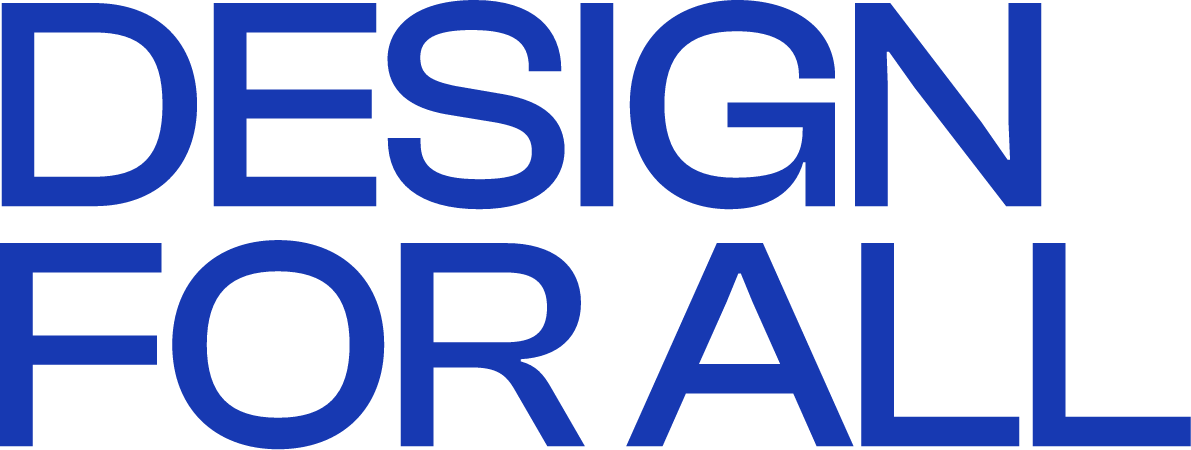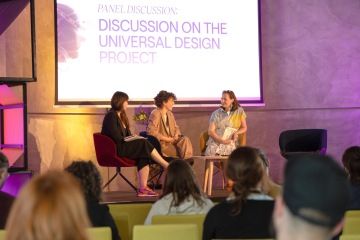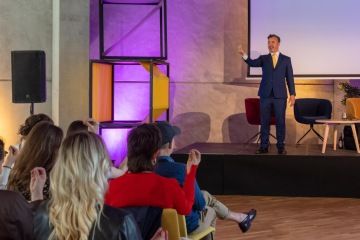Top 10 prejudices & preconceptions of inclusive design
There are many prejudices and misconceptions about Inclusive Design and Architecture. These are due to a lack of understanding or oversimplification. Following sentences reveal and counter some of the most common prejudices.
1. Inclusive design and architecture is expensive
When built into the design process, inclusive design can actually improve profit, add value and increase market appeal. Conducting research with people does not cost much but what can be expensive are recalls, retrofitting and unpopular design that does not sell.
2. Inclusive design and architecture is boring
Inclusive design actually leads to innovation. Companies such as Toyota BT (UK telecommunication company) and Panasonic have all been recognized with inclusive design awards for exciting mainstream designs.
3. Inclusive design and architecture is only about physical projects
Inclusive design can be applied to any branch of design or market sector, including services, environments, interfaces, packaging and graphics. Websites, electronic menus, software, signage, and wayfinding are also examples of non-physical applications of inclusive design.
4. Inclusive design and architecture is only about accessibility and disability
People can face exclusion in many other ways, including social, economic, cognitive, physical, and by age or gender. inclusive design goes beyond accessibility anddisability to address this wide range of issues. It can be applied to improve most mainstream products and services.
5. Inclusive design and architecture is only about assistive technology
Inclusive design, and architecture is not about “special needs” design or specialized equipment. It is design for the widest possible range of uses. A stair-lift only helps those in wheelchairs, whereas An elevator is accessible to everyone and does not discriminate according to ability.

6. Inclusive design and architecture is limiting creative freedom
Inclusive design is not just a tool for innovation. It is one for creativity. Insights gathered can fuel the imagination and drive a creative team to better solutions. Everyone can benefit from inclusive design, including you. For example, most of us can have some form of disability whether this is dyslexia, shortsightedness, allergies or a broken leg. inclusive design can make packaging easier to open, signs easier to read, and services easier to use.
7. Inclusive design and architecture is not concerned about aesthetics
Aesthetics play a major role and acceptance, and comprehension of a design, and should always be considered. Many companies create design, using inclusive design principles that have given them an edge. Attracting design and inclusive design are not mutually exclusive.
8. Inclusive design and architecture is will make the planning process more complex
The inclusive architecture methods described in the book Innovating with people or on website of Design and Architecture Norway can actually ease the process through greater communication, stakeholder engagement and transparency.
9. Inclusive design and architecture is just another buzzard
Inclusive design has a history and a future. It is now being written into legislation, and companies that ignore this could be a liable. Far from being a trend, inclusive design can be considered a design movement, one that will be increasingly important in the coming decades
10. Inclusive design and architecture is only about public services
Public services are just one obvious application, but inclusive design equally applies to any commercial design that is used by a wide range of people. Examples include mobile phones, websites, packaging, retail environment and transport, to name a few.
The artical was published with the permission of Design and Architecture Norway. It is a chapter in the book Innovating with people - Inclusive design and Architecture. Explore more about the book or buy it on DOGA website.
Articles
We are unsure if true inclusive design can exist in the systems we operate in today, say curators of Design for All exhibition
The interview with curators of Design for All exhibition Thea Urdal and Herman Billet on universal design, creating meaningful connections and building communities.
Design for All in pictures - Key activities of the project
Most of the activities of Design for All project culminated in May as part of 9th Zlin Design Week. Look back and remind the key activities such conference, exhibition and edu workshops through videos and pictures.
Recording from Zlin Design Week Conference is available
The Zlin Design Week Conference took place on 9 May 2023 in Zlin, Czech Republic and through lectures and joint discussions offered various perspectives on the topic of Universal Design. Watch the full conference recording or just select the talks you are interested.



